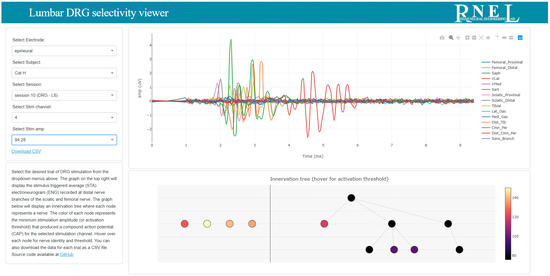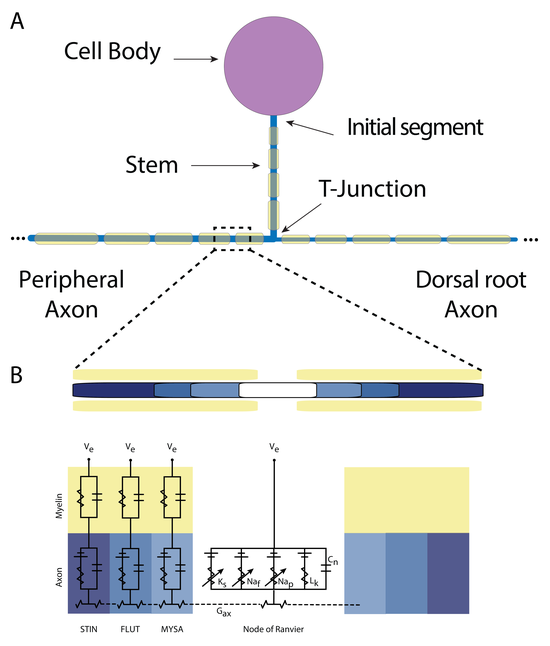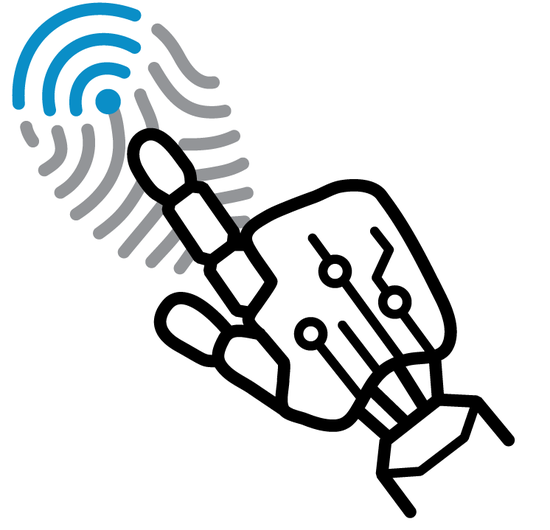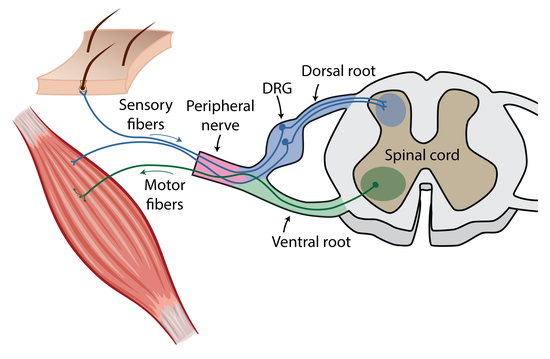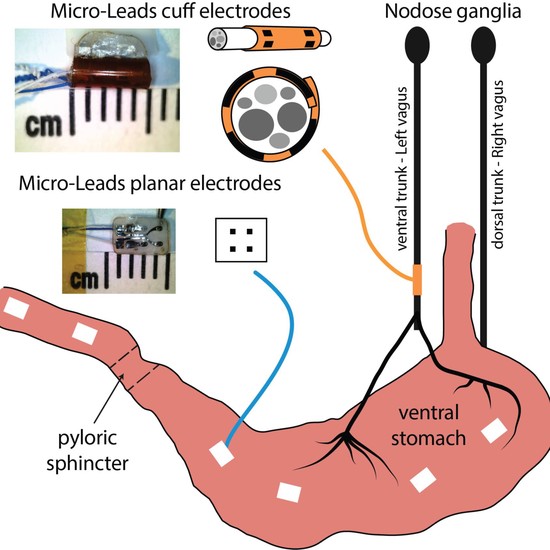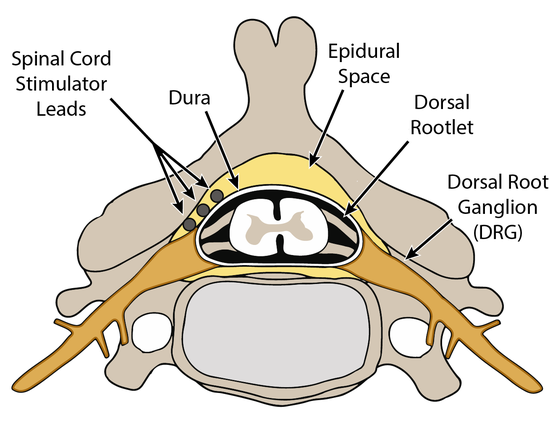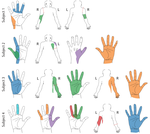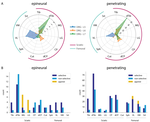Ameya C. Nanivadekar
Neural Engineer
Biography
My work focuses on studying the conscious percepts of touch and proprioception that can be elicited through electrical stimulation of the dorsal root ganglion and dorsal spinal cord for use in a potential closed loop upper/lower extremity prosthetic device. I'm particularly interested in developing novel neural interfaces with the nervous system to restore sensorimotor function lost to amputation and injury.
As a part of the Rehab Neural Engineering Labs (RNEL), I have been involved in the study design and setup for our human subject testing as well as data collection, management and analysis for these data. My research interests include neuroprosthetics, somatosensory feedback, neuropathic pain, computational modeling and big data management. My adviser is Dr. Lee Fisher (Ph.D.).
Interests
- Neuromodulation
- Somatosensory feedback
- Computational modeling
- Data management and visualization
Education
-
PhD in Bioengineering, 2020
University of Pittsburgh
-
MSE in Bioengineering, 2013
University of Pennsylvania
-
BSE in Bioengineering, 2012
University of Pennsylvania
